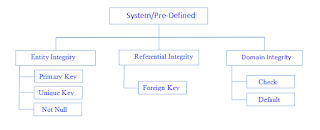Common Data Analyst interview questions
It's a one of great videos I used when have been preparing for my first MEAL officer position interview. The video not focused on some app or tecnologie qusetions, but it can give you an advice, what kind of topics you may meet at the interview. If you aren't focused on the senior DA position, you should repeat what you have already known, but there are too many different information and this video can give a hint about priority knowledge areas.

